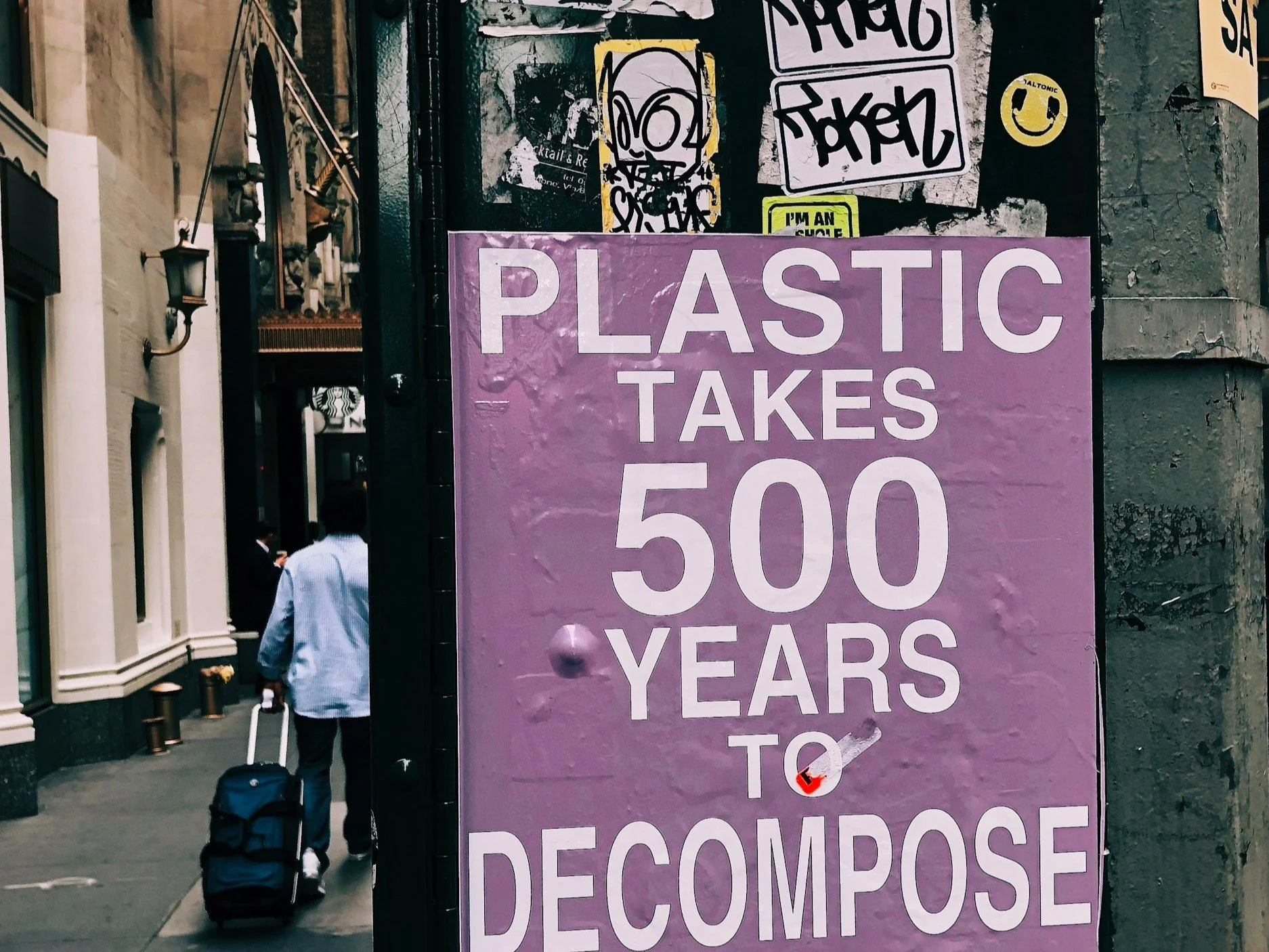Microplastics Found in the Human Body
Microplastics Found in the Human Body: Growing Concerns and Health Implications
The latest study on microplastics in human tissues, led by toxicologist Matthew Campen at the University of New Mexico, was published in February 2025. The research discovered that microplastics accumulate in the human brain at significantly higher levels than in other organs, including the liver and kidneys. Additionally, findings showed a 50% increase in plastic particle accumulation over the past eight years, aligning with the growing presence of plastics in the environment.
Where Microplastics Have Been Found in the Human Body
Brain Tissue
Studies indicate that microplastics can cross the blood-brain barrier, accumulating in brain tissue over time. Researchers have found that plastic particles tend to concentrate in fatty tissues, raising concerns about potential long-term neurological effects.Bloodstream
Traces of microplastics have been detected in human blood, proving that these particles can circulate throughout the body. Once in the bloodstream, they may travel to various organs, potentially impacting immune function and cellular processes.Heart and Other Organs
Microplastics have been identified in heart tissue and blood samples, suggesting that even individuals undergoing medical procedures may be exposed to these contaminants. Additionally, particles have been found in the lungs, liver, kidneys, and reproductive organs, showing just how deeply they have infiltrated human biology.
Potential Health Effects of Microplastic Exposure
While the full impact of microplastics on human health is still being studied, early findings suggest they may contribute to:
Cell Damage and Inflammation: Certain plastics contain chemicals that can trigger immune responses and inflammation in tissues.
Cardiovascular Risks: Some studies indicate a possible link between microplastic exposure and heart-related conditions.
Reproductive Issues: Microplastics have been found in reproductive organs, raising concerns about their effects on fertility.
Toxic Chemical Release: These particles often carry harmful substances like heavy metals and industrial toxins, which can disrupt hormonal balance and overall health.
Ways to Reduce Microplastic Exposure
Although completely avoiding microplastics is challenging, there are steps individuals can take to limit their intake:
Use Natural Materials: Opt for glass, stainless steel, or ceramic kitchenware instead of plastic.
Choose Natural Fabrics: Wear clothing made from cotton, wool, or other natural fibers rather than synthetic materials that shed plastic particles.
Filter Drinking Water: Installing high-quality water filters can help reduce microplastic contamination in tap water.
Minimize Processed and Packaged Foods: Reducing consumption of foods stored in plastic containers can lower exposure.
Support Environmental Initiatives: Advocating for policies that reduce plastic pollution and promote sustainable alternatives can help address the issue on a larger scale.
As research continues, understanding the impact of microplastics on human health will be crucial in developing solutions to minimize exposure and long-term risks.
